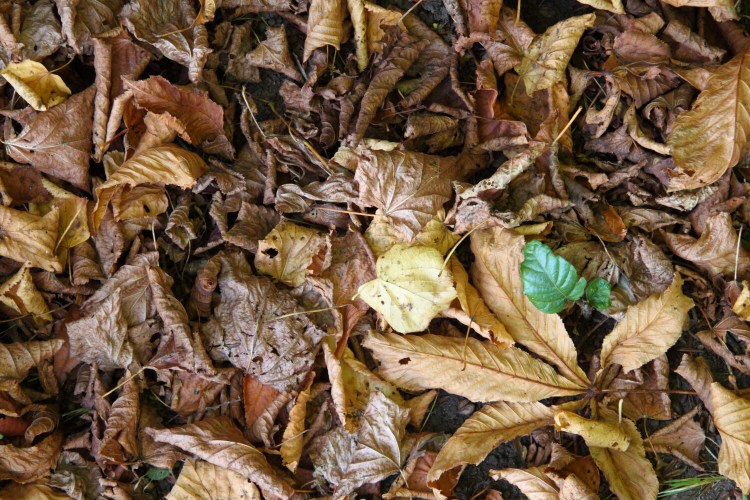In my early years of gardening, I would till the vegetable garden as soon as I’d harvested the crops. I thought it made things look neater and helped to get rid of the weeds. I now know come fall, the garden has to be covered by something, both to add to the soil’s organic matter come spring and to prevent soil from drying out. The standard choices are cover crops and mulch.
For a few years, after reading an article from the Maine Organic Farmer and Gardeners Association, I planted oats, which not only covers the soil but adds nutrients as well. Now is about the latest that you can plant oats to do this work. I used oats where I’d harvested onions, garlic, peas and some potatoes. The UMaine Cooperative Extension recently suggested planting oats around tomato plants early in the season, and I like that idea.
Another option? This late in the season, you could still plant winter rye as a cover crop.
I haven’t planted cover crops for the past couple of years, but I’m not leaving my garden naked.
What I have switched to is leaf mold, which is last year’s leaves, ground up and left in compost bins, which I make from recycled pallets. The leaves, especially those on the edge of the bins where they dry out, aren’t completely composted, but they are close to it. Soon after I have harvested my fruits and vegetables, I cover the area where they were growing with the leaves, which provides organic matter to the soil. So far, I’ve tried this method in the spots where I’ve planted onions, peas and some potato varieties.
This year, we’re trying something different. I’ve said before that my wife Nancy and I let poppies and other self-seeding annuals grow in the vegetable garden, as long as they don’t interfere with highly valued vegetables. This year those seedlings are a mat of tiny plants in places.
I’ll let you know how this experiment turns out.
Send questions/comments to the editors.



Comments are no longer available on this story